Helios and Eta Space Combine Technologies to Extract and Store Liquid Oxygen on the Moon
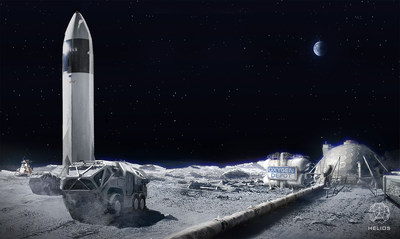 Two space tech companies, Helios and Eta Space, announced they are joining forces to solve the problem of oxygen in space. If humanity is to have a sustainable presence beyond Earth, reusable methane-fueled rocket systems need liquid oxygen at a ratio of 1:4, so the only cost-effective solution to refueling in orbit is to create and store oxygen on the Moon and on Mars.
Two space tech companies, Helios and Eta Space, announced they are joining forces to solve the problem of oxygen in space. If humanity is to have a sustainable presence beyond Earth, reusable methane-fueled rocket systems need liquid oxygen at a ratio of 1:4, so the only cost-effective solution to refueling in orbit is to create and store oxygen on the Moon and on Mars.

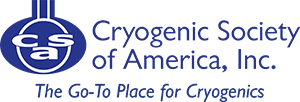
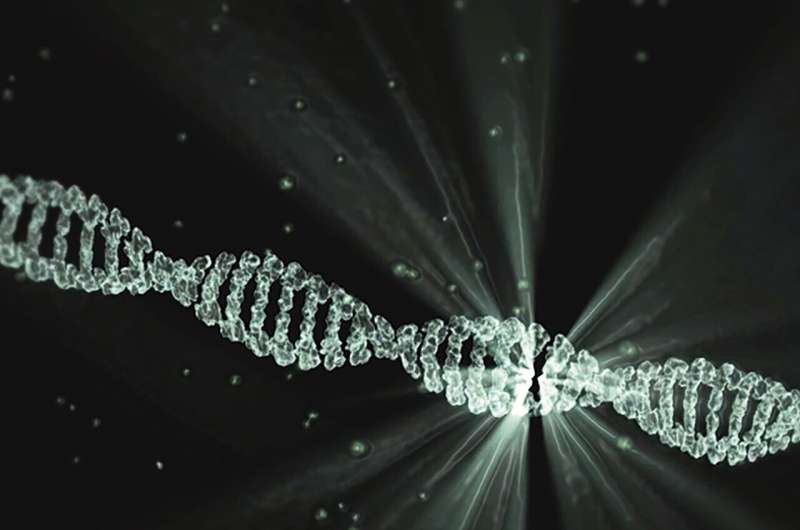 Scientists at the University of Virginia School of Medicine and their collaborators have used DNA to overcome a nearly insurmountable obstacle to engineer materials that would revolutionize electronics.
Scientists at the University of Virginia School of Medicine and their collaborators have used DNA to overcome a nearly insurmountable obstacle to engineer materials that would revolutionize electronics. 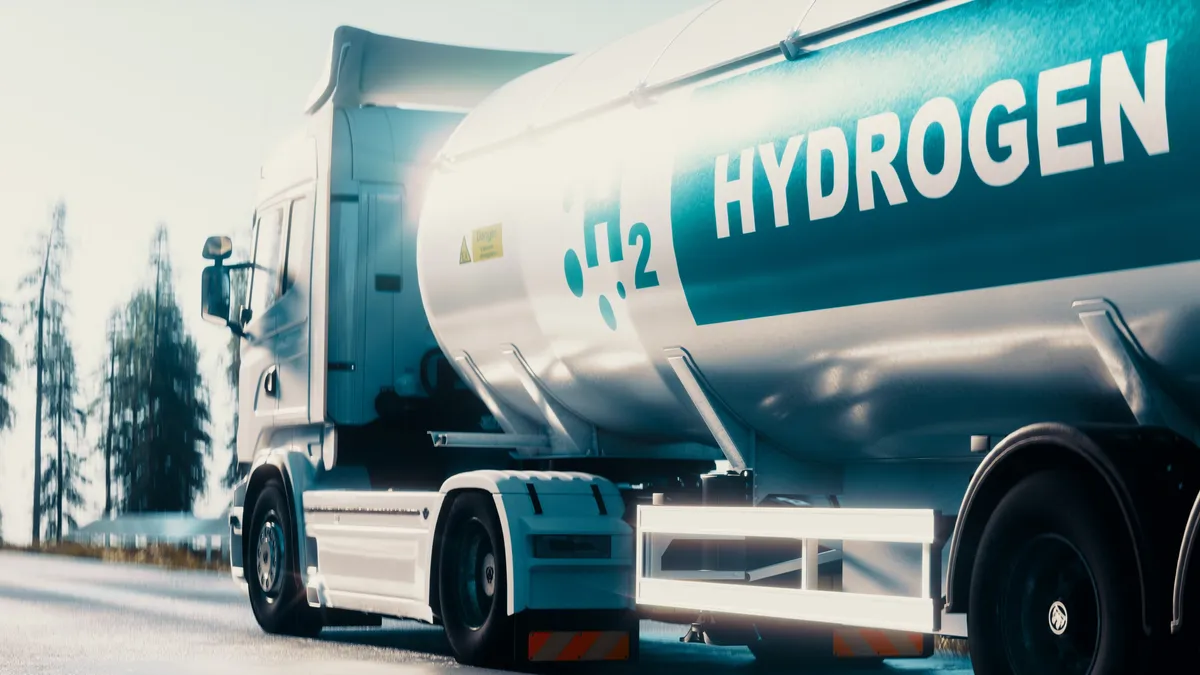 Researchers at the Deakin University in Australia have found that boron nitride, a household chemical used commonly in paints, cosmetics as well as dental cement, could unlock the potential of hydrogen as a fuel, a
Researchers at the Deakin University in Australia have found that boron nitride, a household chemical used commonly in paints, cosmetics as well as dental cement, could unlock the potential of hydrogen as a fuel, a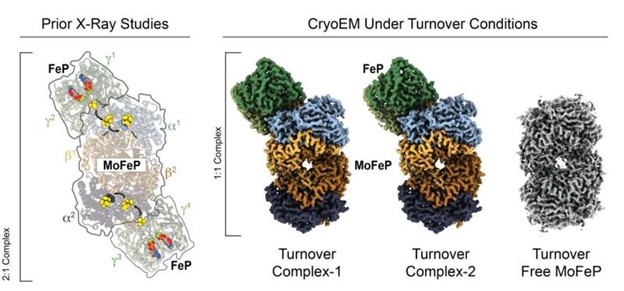 Previously, it has been impossible to capture the high-resolution images of nitrogenase, the only enzyme capable of reducing nitrogen into ammonia, during catalytic action. Now, for the first time, researchers at the University of California San Diego report near-atomic-resolution snapshots of nitrogenase during catalysis using cryogenic electron microscopy (cryoEM). The results were published in the journal Science.
Previously, it has been impossible to capture the high-resolution images of nitrogenase, the only enzyme capable of reducing nitrogen into ammonia, during catalytic action. Now, for the first time, researchers at the University of California San Diego report near-atomic-resolution snapshots of nitrogenase during catalysis using cryogenic electron microscopy (cryoEM). The results were published in the journal Science.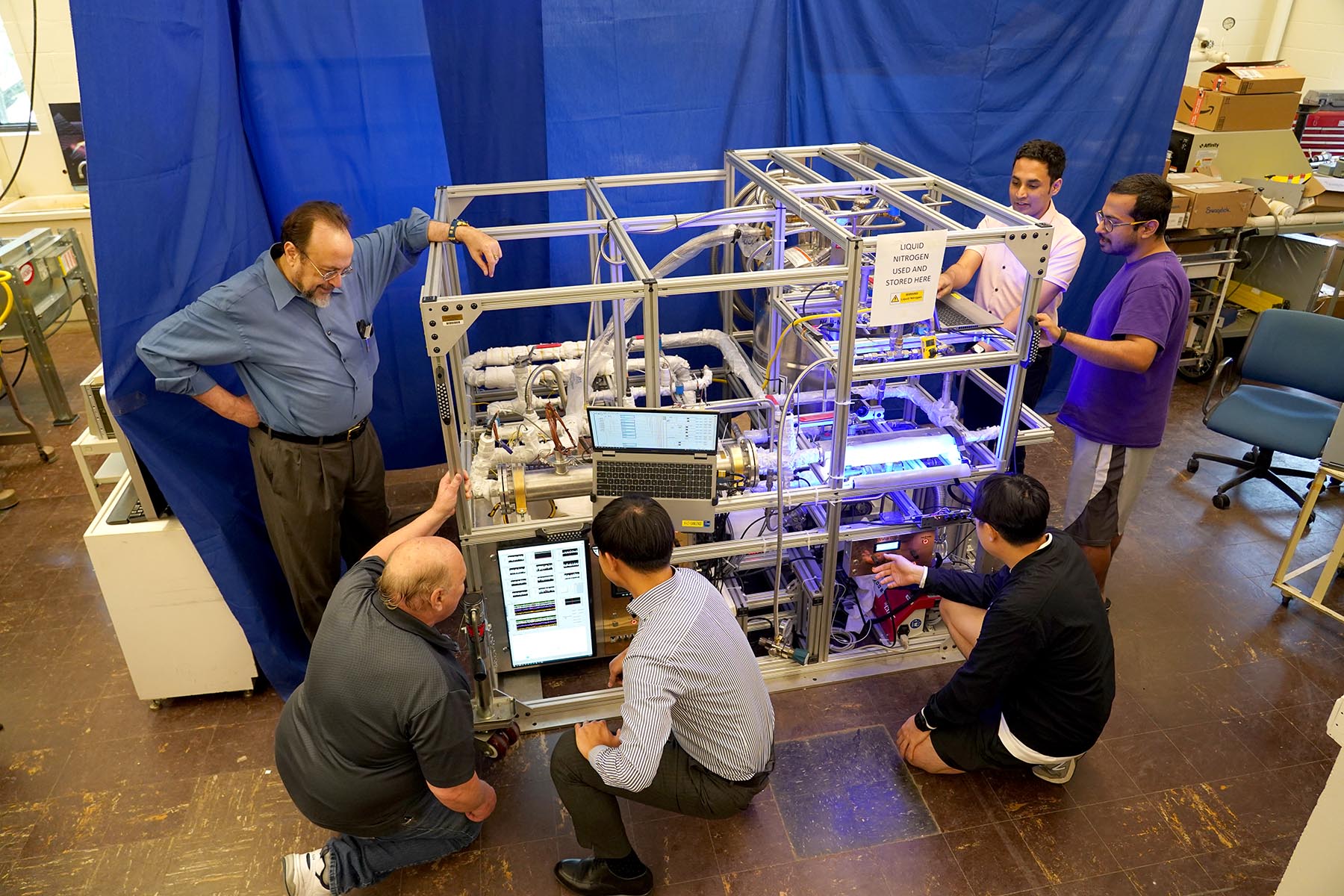 To journey and return from other planets, future spacecraft may have to do something they've never done before: refuel in space. Thanks to a Purdue University experiment, scientists are now beginning to understand how cryogenic liquids behave in zero-gravity, and how this affects the future operation of propellant depots in space.
To journey and return from other planets, future spacecraft may have to do something they've never done before: refuel in space. Thanks to a Purdue University experiment, scientists are now beginning to understand how cryogenic liquids behave in zero-gravity, and how this affects the future operation of propellant depots in space. 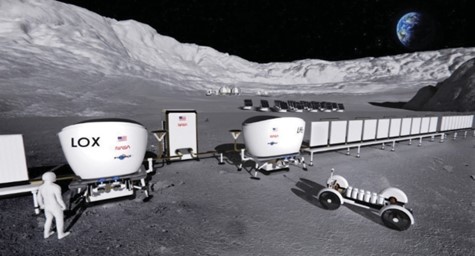 Eta Space, a new space company dedicated to developing advanced cryogenic systems for the modern space and energy age, is celebrating its three-year anniversary in June with milestones scheduled for several key projects.
Eta Space, a new space company dedicated to developing advanced cryogenic systems for the modern space and energy age, is celebrating its three-year anniversary in June with milestones scheduled for several key projects. 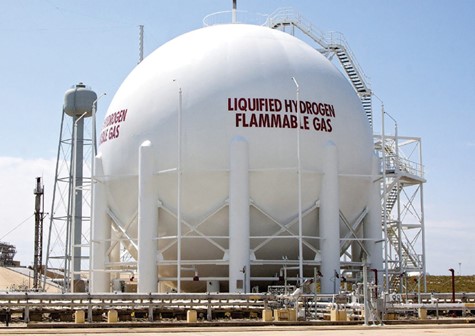 Large spheres have been used to store liquid hydrogen for decades. In fact, two 3,218 cubic meter (850,000 gallon) liquid hydrogen storage spheres have supported space flight pro- grams at the Kennedy Space Center since the mid-1960s. Currently, NASA plans to use the latest and largest liquid hydro- gen tank ever put into production for the Artemis exploration missions to the moon and Mars.
Large spheres have been used to store liquid hydrogen for decades. In fact, two 3,218 cubic meter (850,000 gallon) liquid hydrogen storage spheres have supported space flight pro- grams at the Kennedy Space Center since the mid-1960s. Currently, NASA plans to use the latest and largest liquid hydro- gen tank ever put into production for the Artemis exploration missions to the moon and Mars.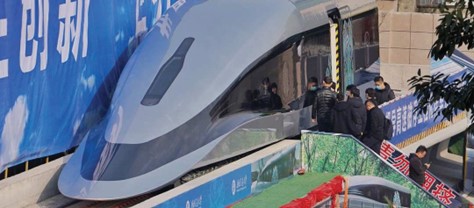 In early January 2022, a prototype mag- lev train was rolled out in southwest China’s city of Chengdu, one of the latest developments in magnetic levitation trains. The domestically developed locomotive uses high temperature superconducting and will travel with a designed speed of 620 km/h, according to Southwest Jiaotong University, one of the train’s designers. Maglev trains, levitated from the tracks and propelled by powerful magnets to avoid wheel-rail friction, are de- signed to break the speed bottlenecks facing high-speed trains.
In early January 2022, a prototype mag- lev train was rolled out in southwest China’s city of Chengdu, one of the latest developments in magnetic levitation trains. The domestically developed locomotive uses high temperature superconducting and will travel with a designed speed of 620 km/h, according to Southwest Jiaotong University, one of the train’s designers. Maglev trains, levitated from the tracks and propelled by powerful magnets to avoid wheel-rail friction, are de- signed to break the speed bottlenecks facing high-speed trains. 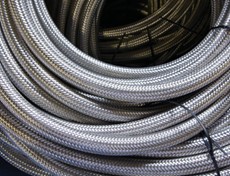 Vacuum technologies have advanced the field of cryogenics, allowing researchers to push the frontiers of what we know and businesses to apply that knowledge and drive innovation across a wide range of industries. The intersection of vacuum and cryogenic sciences is a demanding one. Pressure and temperature requirements create a playing field where only certain materials of construction and precise techniques and processes can play. Whether a component within a closed cryogenic system or a transfer link to be reused and repurposed, metal hoses are well suited for these exacting environments.
Vacuum technologies have advanced the field of cryogenics, allowing researchers to push the frontiers of what we know and businesses to apply that knowledge and drive innovation across a wide range of industries. The intersection of vacuum and cryogenic sciences is a demanding one. Pressure and temperature requirements create a playing field where only certain materials of construction and precise techniques and processes can play. Whether a component within a closed cryogenic system or a transfer link to be reused and repurposed, metal hoses are well suited for these exacting environments.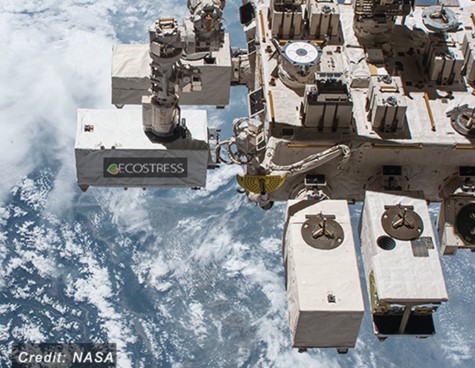 The ECOSystem Spaceborne Thermal Radiometer Experiment on Space Station (ECOSTRESS) instrument is a multispectral thermal infrared imaging radiometer, and its primary mission is to investigate and understand how climate change affects water and carbon usage on Earth.[1] The instrument measures the surface temperature of Earth with a resolution that is able to capture individual farm fields.[2] The data collected by ECOSTRESS is processed into a product called the Evaporative Stress Index, which indicates whether plants are stressed and if a drought is likely to occur.[2]
The ECOSystem Spaceborne Thermal Radiometer Experiment on Space Station (ECOSTRESS) instrument is a multispectral thermal infrared imaging radiometer, and its primary mission is to investigate and understand how climate change affects water and carbon usage on Earth.[1] The instrument measures the surface temperature of Earth with a resolution that is able to capture individual farm fields.[2] The data collected by ECOSTRESS is processed into a product called the Evaporative Stress Index, which indicates whether plants are stressed and if a drought is likely to occur.[2] 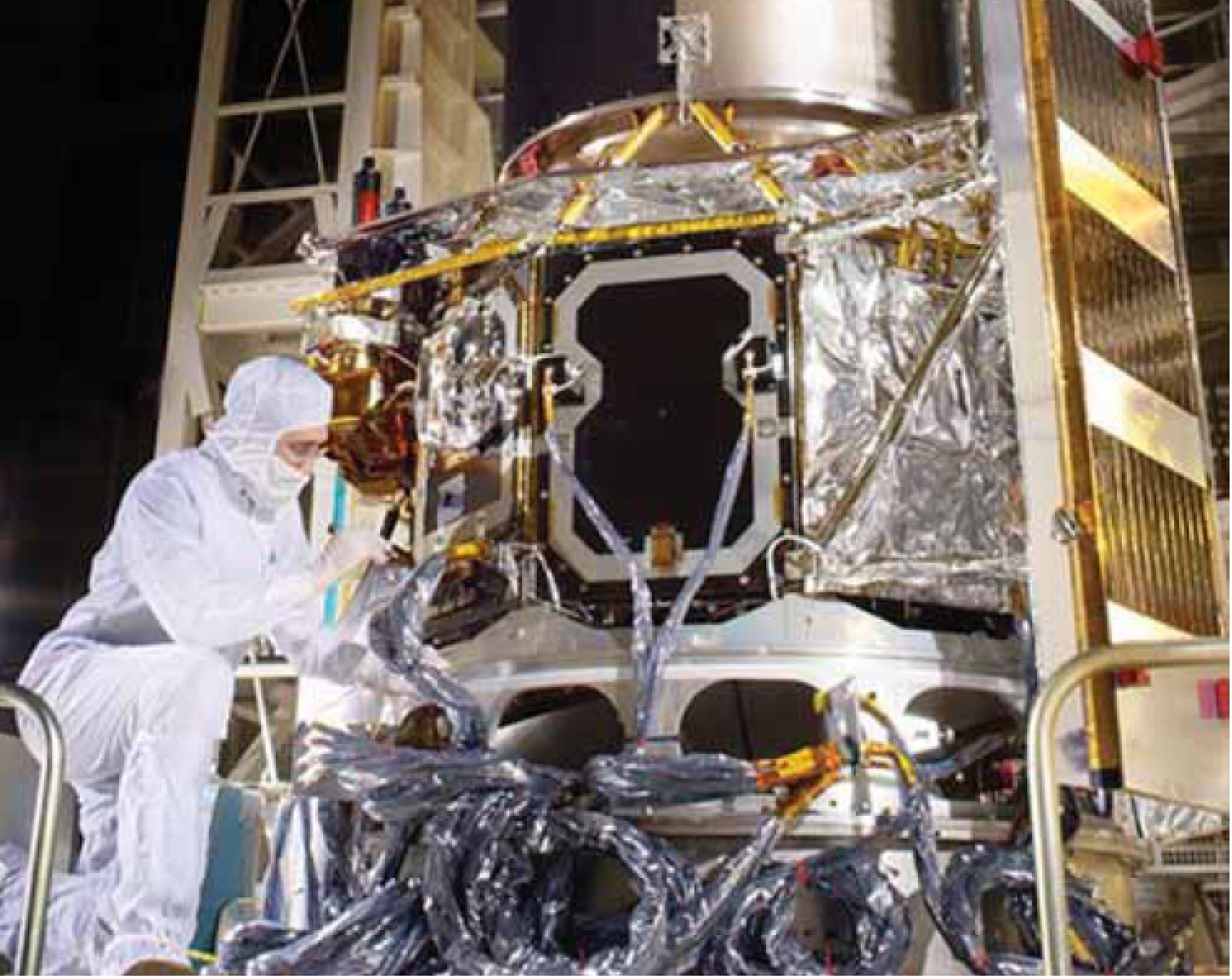
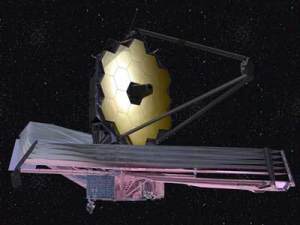 Recently, NIRISS, one of NASA’s James Webb Space Telescope’s four primary scientific instruments concluded its postlaunch preparations and was
Recently, NIRISS, one of NASA’s James Webb Space Telescope’s four primary scientific instruments concluded its postlaunch preparations and was 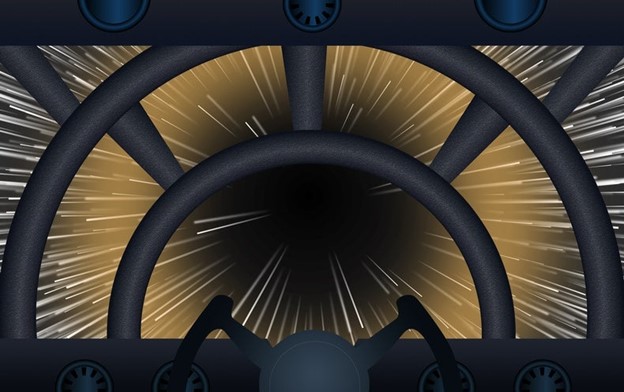 Theoretical physics is full of weird and wonderful concepts: wormholes, quantum foam and multiverses, just to name a few. The problem is that while such things easily emerge from theorists’ equations, they are practically impossible to create and test in a laboratory setting. But for one such “untestable” theory, an experimental setup might be just on the horizon.
Theoretical physics is full of weird and wonderful concepts: wormholes, quantum foam and multiverses, just to name a few. The problem is that while such things easily emerge from theorists’ equations, they are practically impossible to create and test in a laboratory setting. But for one such “untestable” theory, an experimental setup might be just on the horizon. 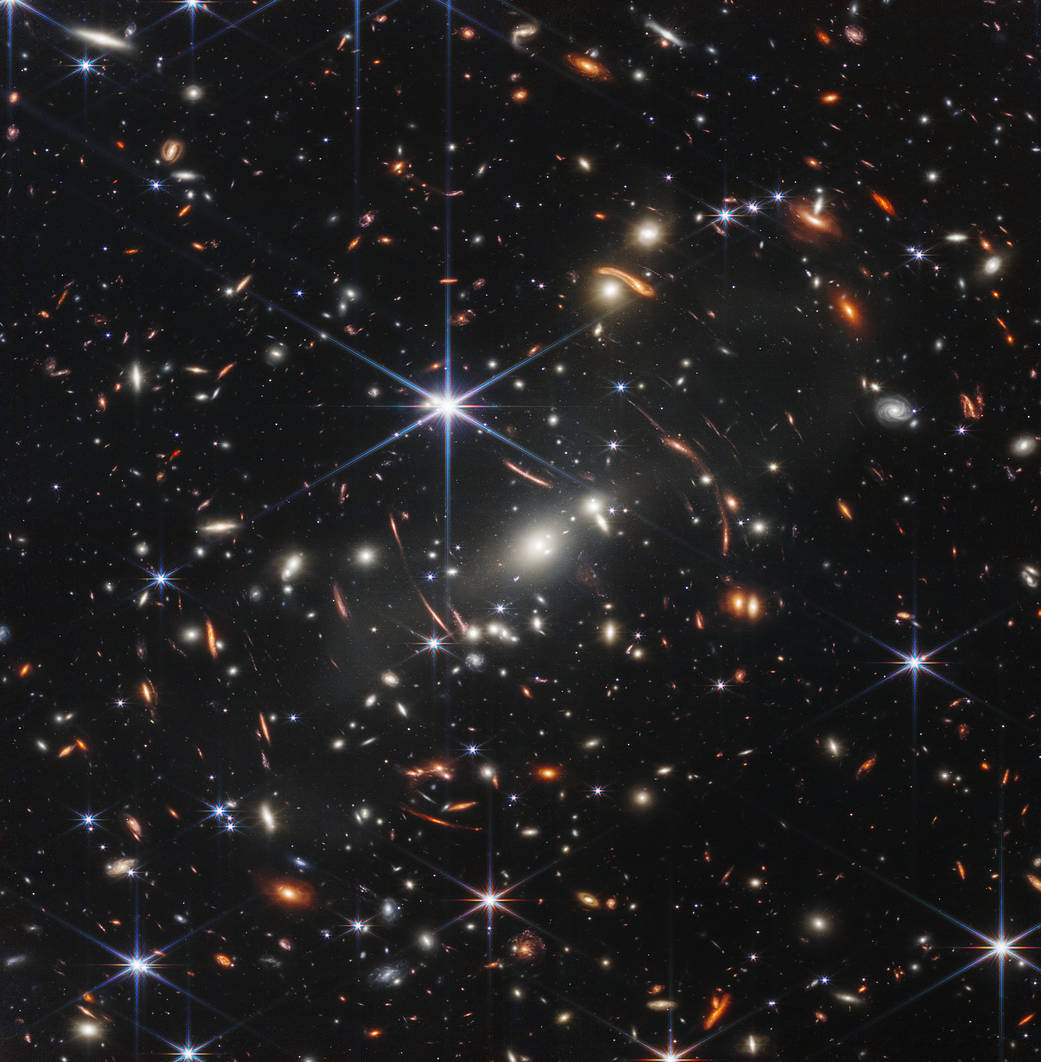 NASA’s James Webb Space Telescope has delivered the deepest and sharpest infrared image of the distant universe so far. Webb’s First Deep Field is galaxy cluster SMACS 0723, and it is teeming with thousands of galaxies – including the faintest objects ever observed in the infrared.
NASA’s James Webb Space Telescope has delivered the deepest and sharpest infrared image of the distant universe so far. Webb’s First Deep Field is galaxy cluster SMACS 0723, and it is teeming with thousands of galaxies – including the faintest objects ever observed in the infrared. 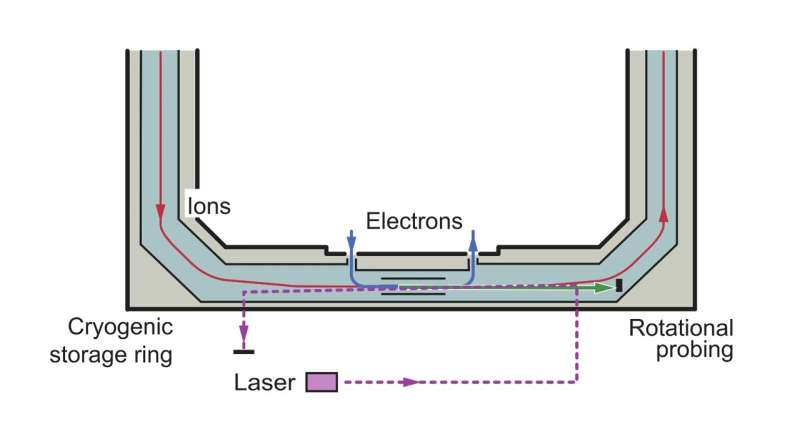 Researchers at the Max-Planck Institute for Nuclear Physics in Germany and the Columbia Astrophysics Laboratory have recently carried out an experiment aimed at measuring the rate of quantum transitions caused by collisions between
Researchers at the Max-Planck Institute for Nuclear Physics in Germany and the Columbia Astrophysics Laboratory have recently carried out an experiment aimed at measuring the rate of quantum transitions caused by collisions between 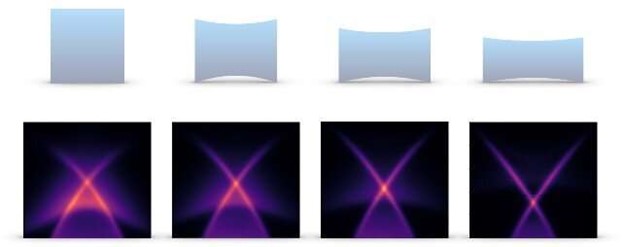 Ryan Day studies superconductors. Materials that conduct electricity perfectly, losing no energy to heat and resistance. Specifically, the University of California, Berkeley scientist studies how superconductors can coexist with their opposites; insulating materials that stop the flow of electrons. The
Ryan Day studies superconductors. Materials that conduct electricity perfectly, losing no energy to heat and resistance. Specifically, the University of California, Berkeley scientist studies how superconductors can coexist with their opposites; insulating materials that stop the flow of electrons. The 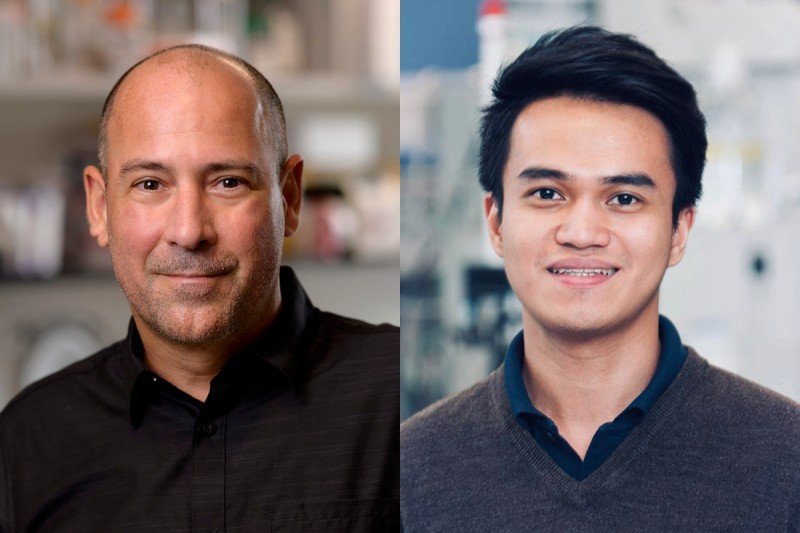 In biology, getting rid of stuff can be just as important as making it. A buildup of cells, proteins, or other molecules that are no longer needed can cause problems, so living things have evolved several ways to clean house. A prime example is the RNA exosome. RNA molecules perform many roles in cells. Some of them are translated into proteins; others form a cell’s protein-building machinery. The RNA exosome is a cellular machine that degrades RNA molecules that are faulty, harmful, or no longer needed. Without this microscopic Marie Kondo to prune what doesn’t spark joy, our cells would become dysfunctional hoarders, unable to function.
In biology, getting rid of stuff can be just as important as making it. A buildup of cells, proteins, or other molecules that are no longer needed can cause problems, so living things have evolved several ways to clean house. A prime example is the RNA exosome. RNA molecules perform many roles in cells. Some of them are translated into proteins; others form a cell’s protein-building machinery. The RNA exosome is a cellular machine that degrades RNA molecules that are faulty, harmful, or no longer needed. Without this microscopic Marie Kondo to prune what doesn’t spark joy, our cells would become dysfunctional hoarders, unable to function.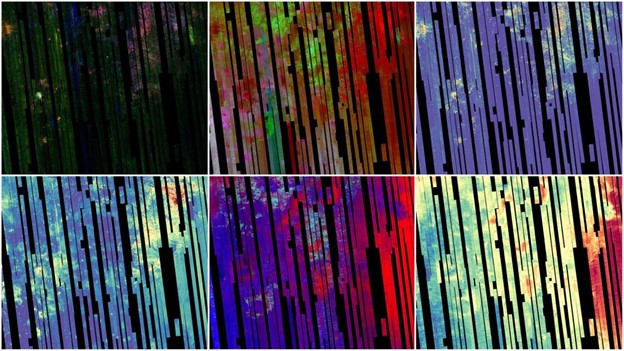 Scientists are about to get a new look at Mars, thanks to a multicolored 5.6-gigapixel map. Covering 86% of the Red Planet’s surface, the map reveals the distribution of dozens of key minerals. By looking at mineral distribution, scientists can better understand Mars’ watery past and can prioritize which regions need to be studied in more depth.
Scientists are about to get a new look at Mars, thanks to a multicolored 5.6-gigapixel map. Covering 86% of the Red Planet’s surface, the map reveals the distribution of dozens of key minerals. By looking at mineral distribution, scientists can better understand Mars’ watery past and can prioritize which regions need to be studied in more depth.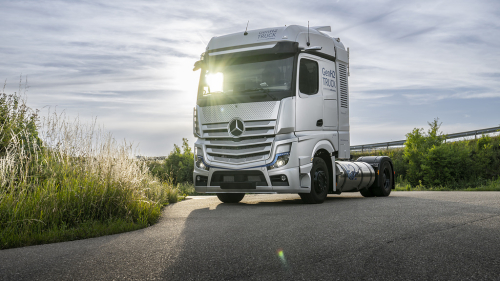 Since last year, a Mercedes-Benz GenH2 Truck fuel-cell prototype has been undergoing intensive testing both on the in-house test track and on public roads. Daimler Truck is now putting another prototype into operation to
Since last year, a Mercedes-Benz GenH2 Truck fuel-cell prototype has been undergoing intensive testing both on the in-house test track and on public roads. Daimler Truck is now putting another prototype into operation to  FormFactor, Inc., a leading semiconductor test and measurement supplier, today announced an innovative and new cryogenic test service business model designed to accelerate quantum computing IC development and characterization. Quantum developers can now leverage FormFactor’s state-of-the-art Advanced Cryogenic Lab located at Boulder, Colorado, to characterize qubits and resonators using cryostats with groundbreaking probe sockets to accelerate development cycles by more than 2X, with no up-front capital investment.
FormFactor, Inc., a leading semiconductor test and measurement supplier, today announced an innovative and new cryogenic test service business model designed to accelerate quantum computing IC development and characterization. Quantum developers can now leverage FormFactor’s state-of-the-art Advanced Cryogenic Lab located at Boulder, Colorado, to characterize qubits and resonators using cryostats with groundbreaking probe sockets to accelerate development cycles by more than 2X, with no up-front capital investment.